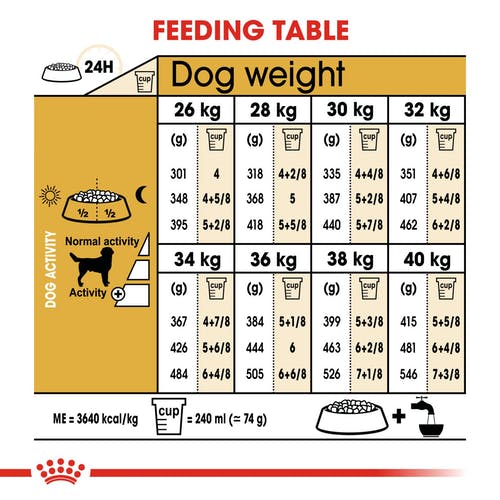I’m writing this post to portray whether feeding meat is costlier than feeding commercial food (Kibbles). This post is not to argue whether commercial food (Kibble) is better than meat or vice versa. Most people think commercial food is cost effective. I would like to present you with the actual data so you can decide for yourself and your dog.
Feeding Criteria
To ensure my dogs nutrition, I feed at least two types of meat each week, switching amongst Beef, Mutton, Chicken, Rabbit and Quails. Each of my dogs are fed according to their body weight and based on the intensity of activity they undergo.
Daily Activities
Each of my dogs get 30 mintues of activity in the morning and in the evening. In addition to walking, me and my dogs engage in play (that includes tugging and retrieving) and training (read my “Now” page to know what we’re training for). I would rate these activities between low to moderate in terms of intensity.
31 Days Of Tracking
For the sake of lucidity, I tracked the food expenses between March 01 and March 31 and the costs mentioned in this post include feeding two dogs and NOT one.
Meat Quantity Requirements
Dogs require 3 – 5% of their body weight in meat a day. These vary based on their activities. My Labrador Retriever who weighs 32 kg would require anywhere between 1 kg and 1.6 kg. My Indie who weighs 17 kg would require anywhere between 0.5 kg and 0.8 kg.
Kibble Quantity Requirements
The Kibble requirement again varies based on the body weight and the dog’s activity. For the sake of calculation, let us assume that the dog’s activity is moderate.

A Labrador Retriever who weighs 32 kg would require anywhere between 350 gm and 462 gm. An Indie who weighs 17 kg would require anywhere between 175 gm and 231 gm.
Cost of meat
The cost added up to INR 14,400 the entire 31 days.
Cost of commercial food
The cost of Royal Canin added up to INR 14,012 for the quantity required for 31 days which is 19 kg. Note that only 12 kg and 3 kg packs are available which demands purchasing two additional 3 kg packs for the sake of this calculation.
The Winner
Commercial food costs slightly less than real meat and is the winner, of course. However, remember that the oral anatomy of dogs indicate that they are primarily meat eaters. Dr. Karen Becker reminds us that feeding slightly cooked meat keep our dogs healthy.
My goal in writing this post is to help dog parents choose between feeding real meat and commercial food by furnishing the actual cost data.